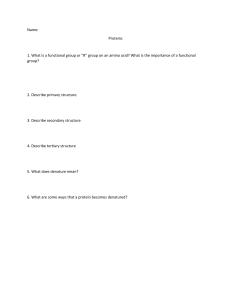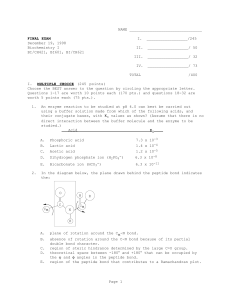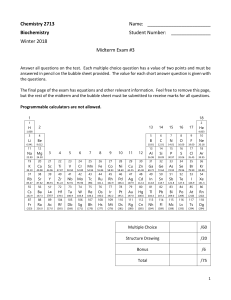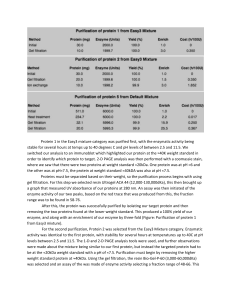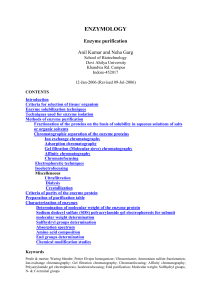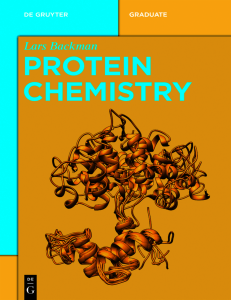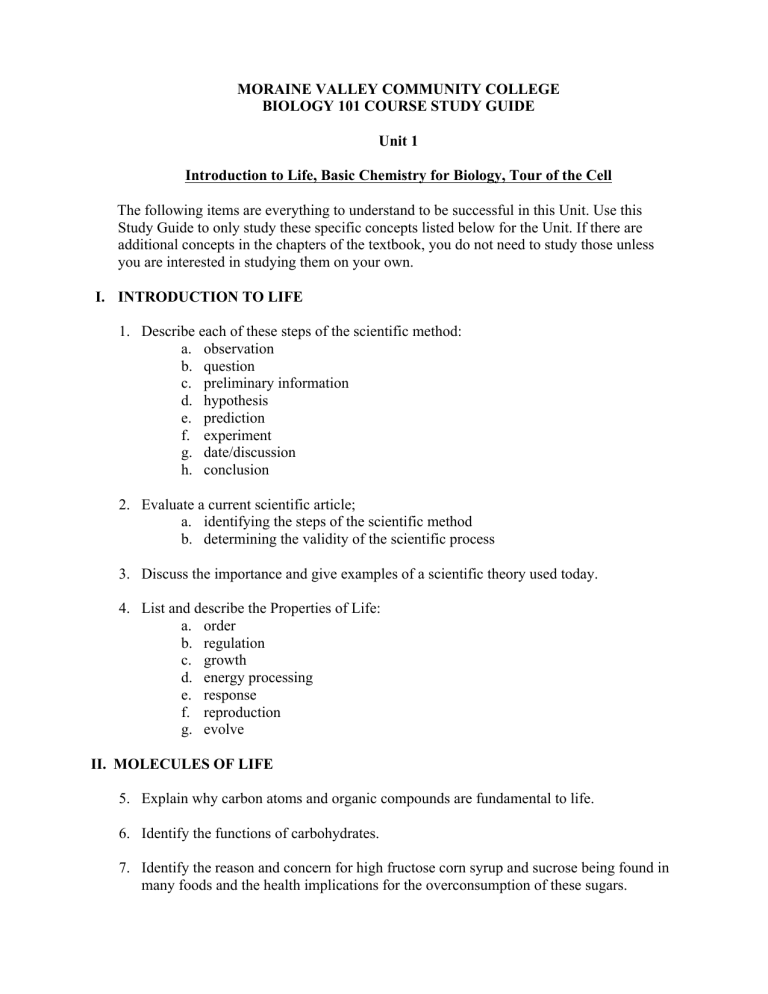
MORAINE VALLEY COMMUNITY COLLEGE BIOLOGY 101 COURSE STUDY GUIDE Unit 1 Introduction to Life, Basic Chemistry for Biology, Tour of the Cell The following items are everything to understand to be successful in this Unit. Use this Study Guide to only study these specific concepts listed below for the Unit. If there are additional concepts in the chapters of the textbook, you do not need to study those unless you are interested in studying them on your own. I. INTRODUCTION TO LIFE 1. Describe each of these steps of the scientific method: a. observation b. question c. preliminary information d. hypothesis e. prediction f. experiment g. date/discussion h. conclusion 2. Evaluate a current scientific article; a. identifying the steps of the scientific method b. determining the validity of the scientific process 3. Discuss the importance and give examples of a scientific theory used today. 4. List and describe the Properties of Life: a. order b. regulation c. growth d. energy processing e. response f. reproduction g. evolve II. MOLECULES OF LIFE 5. Explain why carbon atoms and organic compounds are fundamental to life. 6. Identify the functions of carbohydrates. 7. Identify the reason and concern for high fructose corn syrup and sucrose being found in many foods and the health implications for the overconsumption of these sugars. 8. Identify the functions of lipids. 9. Compare and contrast the effects on human health of saturated, unsaturated and trans fats and provide examples of food that contain each. 10. Identify the functions and importance of proteins. 11. Describe the relationship between amino acids and proteins. 12. Describe why amino acid sequence and three-dimensional structure are important to protein function. 13. Explain how the following changes affect the protein function: a. prion formation b. temperature 14. Name the two major types of nucleic acids and explain the importance. 15. Understand the genetic basis of lactose intolerance through the: a. steps of the scientific method b. evolutionary connection III. CELL STRUCTURE AND FUNCTION 16. List the similarities and differences between prokaryotic and eukaryotic cells. 17. Discuss the structure and function of the plasma membrane including: a. phospholipid bilayer b. proteins 18. Diagram, label, and state the function of each of the following eukaryotic cellular parts: a. nucleus b. DNA c. ribosomes d. chloroplasts e. mitochondria f. plasma membrane g. flagella h. cell wall 19. Understand antibiotic resistance of bacteria through the: a. steps of the scientific method b. current issues related to human health c. evolutionary connection IV. THE WORKING CELL 20. State the conservation of energy principle and discuss its application to living systems. 21. Explain the role of heat as related to energy conversions. 22. Calculate how long it would take to burn off a certain number of food calories using a specific activity. For example, how long would it take to burn one slice of pepperoni pizza by walking at 3 mph. 23. Describe the structure and function of ATP. 24. Define metabolism. 25. Describe enzymes and how they work in cells. 26. Diagram the relationship between enzyme, active site, substrate and product. 27. Define enzyme inhibitors and note the effects of the following inhibitors: a. penicillin b. Ibuprofin c. pesticides 28. Explain how the lack of an enzyme such as lactase would affect an organism.
